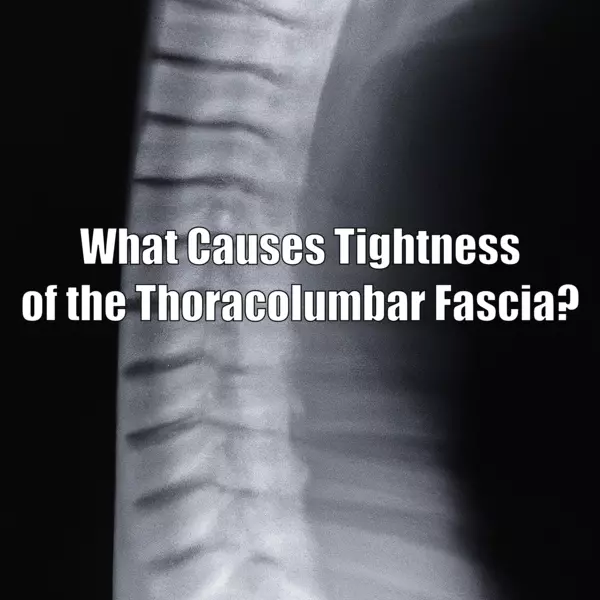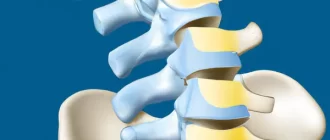The tightness of the thoracolumbar fascia can be caused by various factors. These factors can include:
- Having bad posture, such as slouching for long periods of time, can cause the thoracolumbar fascia to become tight. This happens because the fascia becomes strained and restricted when it has to bear more weight than usual.
- Lack of regular movement: A sedentary lifestyle can contribute to the development of tight thoracolumbar fascia. When the body is not engaged in sufficient physical activity, the fascia can become stiff and less flexible over time.
- Muscular imbalances: Imbalances in the muscles surrounding the thoracolumbar fascia can lead to its tightening. Weakness or tightness in the muscles of the hips, glutes, or core can put additional stress on the fascia, resulting in increased tension and restriction.
- Repetitive motions: Engaging in repetitive motions during physical activities, such as running or weightlifting, can cause tightening of the thoracolumbar fascia. These repetitive movements can strain the fascia, leading to tightness and discomfort.
- Injury or trauma: Previous injuries or trauma to the thoracolumbar region can cause the fascia to tighten as part of the body’s natural response to protect the injured area. Scar tissue formation or inflammation can lead to decreased mobility and increased tightness in the fascia.
It is important to address tight thoracolumbar fascia as it can cause discomfort, limited range of motion, and even contribute to other musculoskeletal issues. Stretching exercises, strengthening of the surrounding muscles, and maintaining good posture can help alleviate tightness in the thoracolumbar fascia. Seeking professional guidance from a healthcare provider or physical therapist is recommended for a comprehensive treatment plan.
About the Author
Reyus Mammadli is the author of this health blog since 2008. With a background in medical and biotechnical devices, he has over 15 years of experience working with medical literature and expert guidelines from WHO, CDC, Mayo Clinic, and others. His goal is to present clear, accurate health information for everyday readers — not as a substitute for medical advice.







